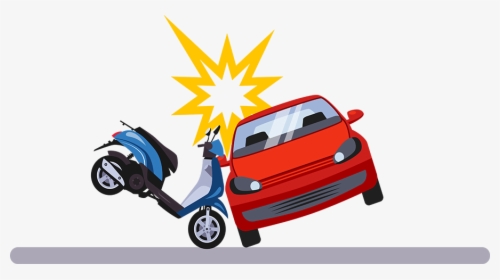Demystifying Car Insurance: Your Ultimate Guide to Coverage and Savings

Car insurance is an essential aspect of owning and operating a vehicle. It provides financial protection and peace of mind in the event of unforeseen circumstances like accidents, theft, or damage. However, navigating the world of car insurance can be overwhelming, with a wide range of coverage options, complex terminology, and varying premium rates. This ultimate guide aims to demystify car insurance, equipping you with the knowledge to make informed decisions about your coverage and potentially save money along the way. Whether you’re a seasoned driver or a new car owner, this article aims to unravel the complexities of car insurance, empowering you to find the right coverage that suits your needs and budget.
Understanding Car Insurance Coverage
Car insurance is a vital aspect of owning and driving a car. It provides financial protection in case of accidents, theft, or damage to your vehicle. Understanding the different types of car insurance coverage is crucial for every car owner to make informed decisions and ensure adequate protection.
Liability insurance is the most basic type of car insurance coverage. It covers the costs associated with injuries or property damage you cause to others in an accident. This means that if you are at fault in an accident, your liability insurance will pay for the medical expenses and repairs required for the other party involved. It is a legal requirement in most states and helps protect both you and others in case of an accident.
Collision coverage is another important aspect of car insurance coverage. It helps pay for repairs or the replacement of your vehicle if it is damaged in an accident, regardless of who is at fault. This coverage is especially valuable for those with newer or more expensive vehicles, as repair costs can be significant. However, it is important to note that collision coverage is not mandatory by law and is typically optional.
Comprehensive coverage provides protection for damages to your vehicle that are not caused by accidents involving other vehicles. This includes theft, vandalism, natural disasters, or accidents involving wildlife. Comprehensive coverage is also optional but can provide peace of mind knowing that you are financially protected from a wide range of potential risks.
By understanding the different types of car insurance coverage available, you can customize your policy to meet your specific needs. It is important to carefully consider your driving habits, the value of your vehicle, and your budget when selecting the right coverage options for you. Remember, having the right car insurance coverage can provide you with the necessary financial protection and peace of mind on the road.
Factors Affecting Car Insurance Premiums
When it comes to car insurance premiums, several key factors come into play to determine the amount you will pay for coverage. These factors help insurance companies assess the level of risk they are taking on by insuring you and your vehicle. Understanding these factors can help you make informed decisions and potentially save money on your car insurance.
-
Driving History: Your driving record is one of the most significant factors that insurers consider. Having a clean driving history with no accidents or traffic violations demonstrates that you are a responsible driver, which may result in lower premiums. On the other hand, a history of accidents or moving violations can lead to higher insurance costs due to the perceived higher level of risk.
-
Vehicle Type: The type of vehicle you drive also affects your insurance premium. Insurance companies consider factors such as the make, model, and year of your vehicle. Certain vehicles, such as luxury cars or high-performance vehicles, may have higher insurance premiums due to their higher cost to repair or replace in the event of an accident. Additionally, vehicles with advanced safety features or anti-theft systems can sometimes qualify for discounts, as they are considered lower risk.
-
Location: The area where you live and park your vehicle can impact your insurance premium. Insurers assess the risk associated with specific locations based on factors such as crime rates, accident frequency, and the likelihood of natural disasters. Living in a densely populated urban area or an area with a high incidence of accidents or theft may result in higher premiums compared to living in a rural area with less traffic and lower crime rates.
Understanding these factors can provide you with valuable insights into how car insurance premiums are calculated. By keeping a clean driving record, selecting a vehicle that aligns with your budget, and considering the location you reside in, you can potentially save money on your car insurance premiums.
Tips for Saving on Car Insurance
-
Compare Quotes: When it comes to car insurance, it’s always a good idea to shop around. Different insurance companies offer different rates and coverage options. By comparing quotes from multiple insurers, you can find the best deal that suits your needs and budget.
-
Increase Deductibles: One way to save on car insurance premiums is by opting for a higher deductible. The deductible is the amount you need to pay out of pocket before your insurance coverage kicks in. By increasing your deductible, you can lower your premium. However, make sure you choose a deductible that you can comfortably afford in case of an accident.
-
Maintain a Good Driving Record: Your driving history plays a significant role in determining your car insurance rates. Insurance companies often offer discounts to drivers with a clean driving record. Avoiding traffic violations and accidents can help you maintain lower insurance premiums over time.
Remember that these tips are just a starting point for saving on car insurance. It’s essential to review your coverage periodically and reassess your needs to ensure you’re getting the best value for your money.
